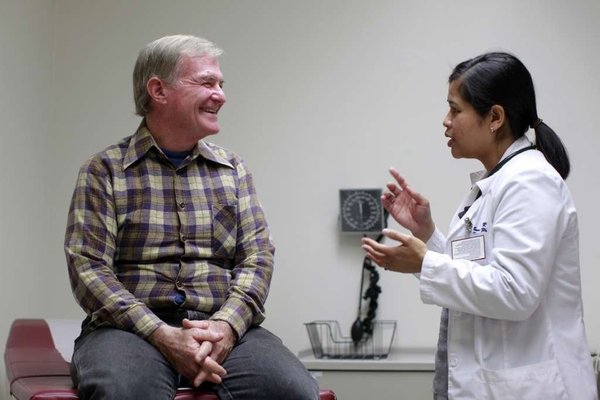What The Heck is Patient Engagement: A Brief Overview
Can it be that the phrase “patient engagement” is defined simply by the two words that comprise it? Engagement with patient could be a check up, a phone call between patient and physician, a call to refill a prescription, et cetera. But, depending on the context, this phrase can have different meanings.1
- Patients and providers working collaboratively through a share decision-making process to achieve greater health outcomes.
- Healthy behaviors that patients participate in with the help of physicians and technology to increase adherence to health plans (e.g. medications, behavioral health interventions, etc).
- Knowledge that a patient has that allies them with their provider so that they are better equipped to manage their conditions.
- A feature of an organization's health policy that aims for the delivery of quality health interventions in order to improve outcomes with lower costs.
There are different strategies to increase participation of patients in their health experience, but the bottom line is that it may be most useful to think about patient engagement by its goals:
- to improve health outcomes
- to reduce costs
- to improve efficiency of care delivery.
In the modern health technology ecosystem, patient engagement is a term that has more implications than those described above.
Internet technology has not only increased interconnectivity between people, but it has also transformed our understanding of the human body. It has lead to the emergence of an entirely new digital health industry, which is changing how physicians and patient interact.
Health care used to consist entirely by telephone and in person interactions but now we have telehealth and mobile technology to amplify access to care. These changes have lead to patients being more involved in their own healthcare and have altered physicians’ roles.
There is no one perfect way to define patient engagement. The fact of the matter is that everyone is different; every patient has a different approach to his or her health and every physician a different approach to giving care.
It makes sense for a practice to offer a variety of access points for patients to communicate with their care team, because people have different preferences and are starting to expect a personalized experience in health care.
That being said, patient engagement can include methodologies administered by physicians that prioritize the specific wants and needs of respective patients. In this way, physicians work closely with patients to figure out their various wishes and worries regarding personal health, thusly creating a more emotionally comforting treatment.
Physicians who use new technologies like text and email appointment reminders often have greater patient satisfaction, because they are offering their services to their panel in a way that meets their patient’s preferred means of engaging with the practice.
At Kareo Doctorbase we spent a significant amount of time researching what the return on investment of patient engagement would mean for a physician’s practice. Our research found that doctors who use a variety of automated appointment reminders have cancellation rates 25% lower than practices that did not and bring in more practice revenue.
Right now there is a shift in medicine from paying for things doctors do to paying for patient outcomes. With this shift is a drive to encourage responsibility of patients to adhere to the regimen that physicians prescribe.
Studies have shown that, "50% of patients do not take their medications as prescribed" and part of this problem is communication between the physician and individual about his or her plan.2
For patients to get the best out of their treatment, doctors and care teams need to recognize the value of technology in facilitating engagement between a patient and a physician.
In summary, patient engagement can be considered the organizational features used to reduce wasted time and money caused by no shows and unsuccessful treatment adherence. Patient engagement can be bolstered through technology that helps patients maintain and accurate health history and understanding of their care plan such as through Internet patient portals. Portals are also helpful for a physician’s practice when they allow for patients to set up, cancel, and be reminded of appointments.
With all of these ways to approach patient engagement, it can be confusing trying to figure out what the heck it actually is. Perhaps the best way to approach patient engagement, however, is by considering the various stakeholders involved and how each benefits from greater connection facilitated through technological innovation.
- Patients connecting more with their doctors means greater clarity of treatment plans, greater adherence to screening and therapeutic plans and greater satisfaction with their healthcare experience.
- Physicians connecting more with their patients means more revenue for their practice and better treatment outcomes from delivering health services.
- Organizations that employ technologies that facilitate better physician/patient connection can lower costs and improve population health management.
Improving patient engagement through technology creates a positive ROI for everyone involved. So why not reap as much return as possible? Especially when it will lead to the increasing happiness of everyone involved!
Works Cited:
1 http://www.ncbi.nlm.nih.gov/pmc/articles/PMC3504449/
2 http://www.ncbi.nlm.nih.gov/pmc/articles/PMC3068890/





















